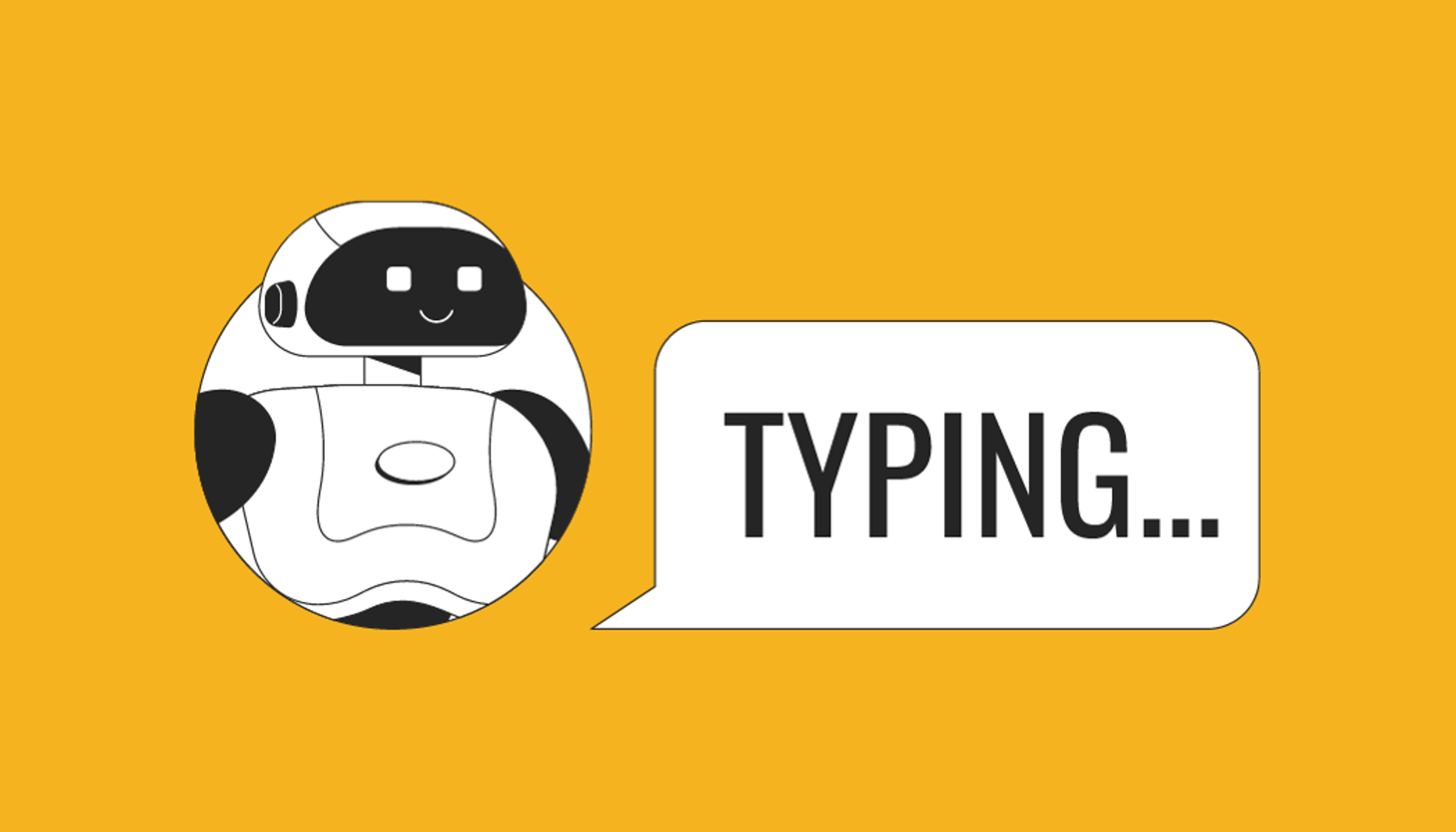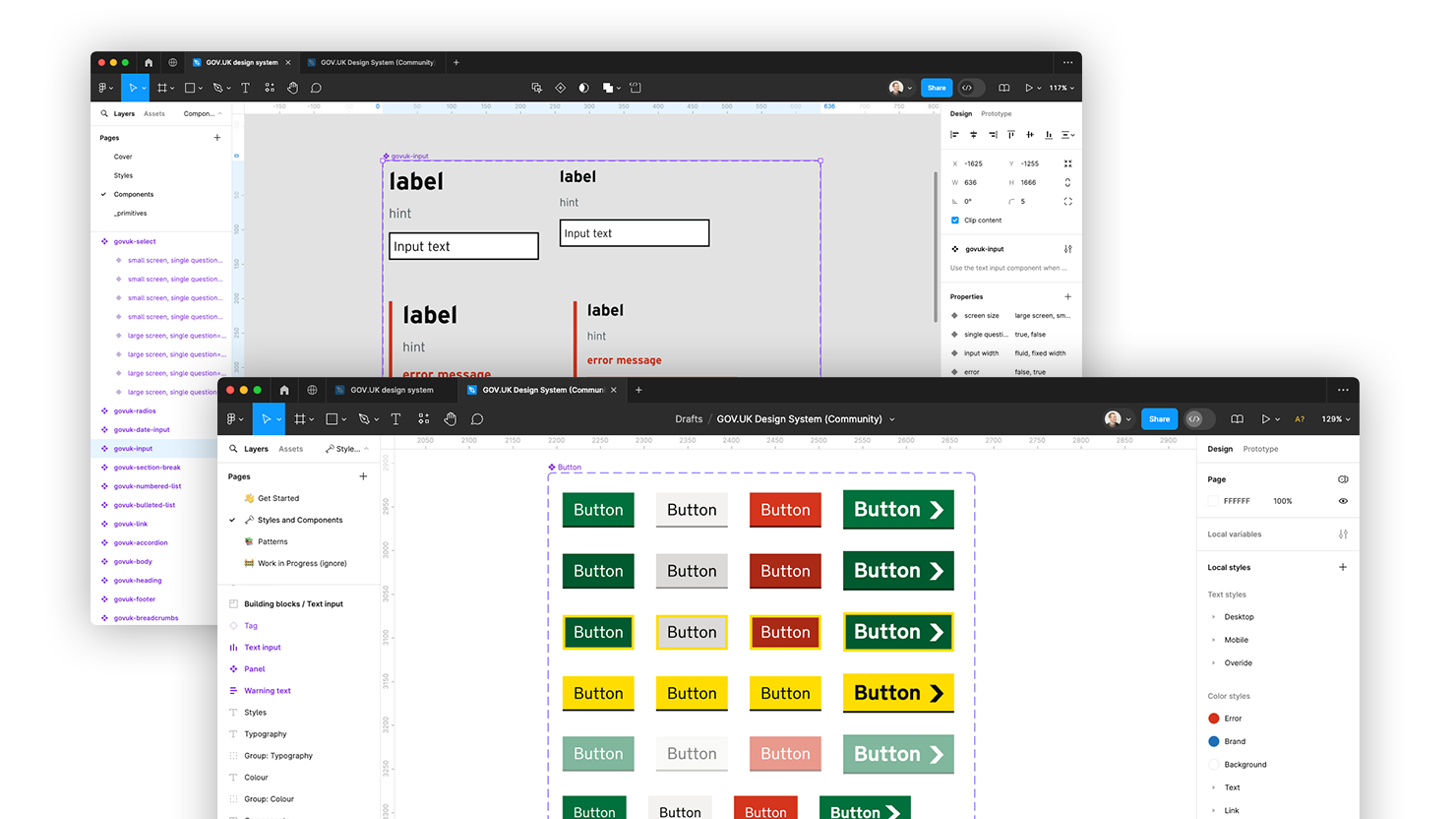Empathetic design & AI in healthcare UX

Following on from the first instalment of our healthcare UX design series Digital products for mental health, we are shifting the focus in part 2 towards Artificial Intelligence (AI), Machine Learning (ML) and chatbot technology. Understanding how empathetic design, when paired correctly with AI has the potential to revolutionise the way we interact with healthcare systems.
The market for AI in healthcare, including machine learning tools, is projected to surpass $20 million in 2023. As we continue to work closely with engineers and clinicians to innovate in this space, maintaining focus on user needs becomes imperative. In healthcare, avoiding user frustration takes on heightened significance, given its potential consequences.
Prioritising vulnerable users
Imagine vulnerable individuals seeking mental health support. Avoiding user frustration becomes a life-saving priority. Hence, before integrating AI into healthcare, the crucial element of experience design must balance human and AI interaction for service users.
When individuals seek mental health assistance, assessing the severity of their symptoms becomes crucial. Our client, Psyomics, offers platforms employing deep learning to assess severity levels.
In short, with higher severity cases, human interaction is the safer choice. However, for people experiencing lower-severity symptoms or those waiting for in-person therapy, an AI therapist could be a good option.
Humanising the digital experience
Should an AI chatbot be deemed suitable, the interaction between the service user and AI becomes pivotal. Healthcare AI interfaces aim to simulate human interaction and this involves tonality, empathetic responses, and adaptability to emotional states. A well-thought-out UX design facilitates translating these requisites into a seamless, comforting user experience, ensuring user safety remains paramount.
Implementing safety measures
AI interactions possess inherent complexities, potentially leading to a phenomenon termed "AI hallucinations." This occurs when the AI generates seemingly realistic experiences without real-world inputs and constructs answers even if there isn’t one. While not common, mitigating this risk demands monitoring and detection methods. Incorporating sanctioned methodologies and treatment plans tested with diverse representative datasets becomes super important.
Right now, Fluent is supporting the UX and design of an AI-based product to bring more effective treatments to an ever-wider audience. Our client ieso has treated over 115,000 service users through text-based cognitive behavioural therapy (CBT). Their methods are informed by 600,000 delivered hours of therapy which has enabled the responsible analysis of over 1 billion words.
Looking ahead
As the healthcare sector embraces AI's potential, the role of UX design becomes significant. The challenge lies in harmonising human and AI interactions for safe, effective, and empathetic care delivery. With human empathy and precise AI, the future of healthcare holds immense promise.
In our forthcoming, part 3 of our UX for healthcare series, we'll explore Augmented and Virtual Reality trends and real-world experiences from our client, Oxford VR.
Ready to solve your problems?
We'll help meet the challenges facing your growing business. Get in touch and tell us what you need, the team can't wait to hear from you.
Contact us
![2295X1200 Social Media [ All ] 01](https://fluent-umbraco-hwduaufvc9h8gbad.uksouth-01.azurewebsites.net/media/scujluzj/2295x1200-social-media-all-01.jpg?width=3840&height=2160&quality=70&format=Webp)

